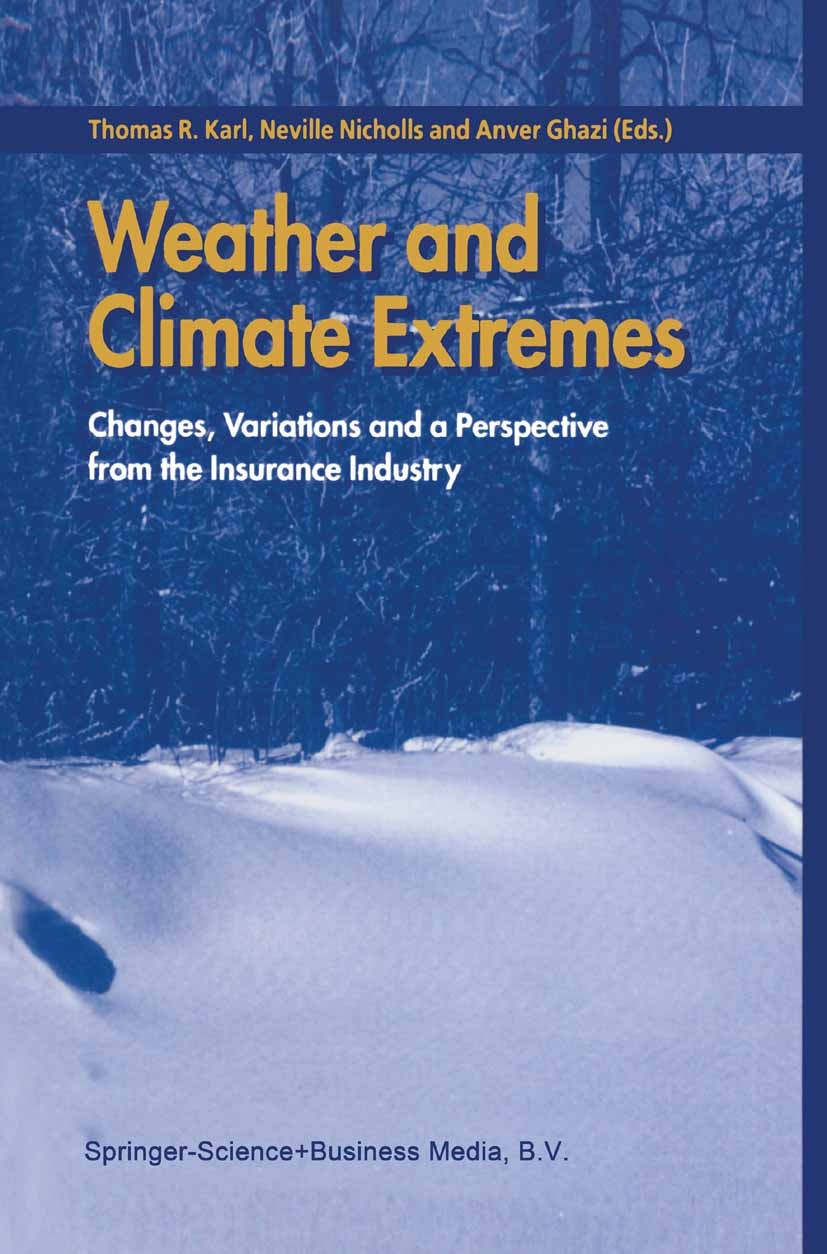人为引起的气候变化增加了非洲之角2021-2022年的干旱严重程度
IF 6.9
1区 地球科学
Q1 METEOROLOGY & ATMOSPHERIC SCIENCES
引用次数: 0
摘要
从2020年10月到2023年初,东非经历了连续5次雨季失败(SPEI -2.6),导致40年来最严重的干旱。这导致歉收、牲畜损失、水资源短缺和冲突,使大约435万人需要人道主义援助。为了了解人类引起的气候变化在干旱中的作用,我们分析了非洲之角南部(包括埃塞俄比亚南部、索马里南部和肯尼亚东部)的降雨趋势以及降雨不足与高温的综合影响。我们利用各种气候模式和观测资料评估了24个月(2021-2022)降雨量和季节降雨量的变化;2022年的“长雨”(3 - 4 - 5月,MAM)和“短雨”(10 - 11 - 12月,OND)。我们还从脆弱性和暴露的角度对事件进行了背景分析,以了解这些因素如何影响影响的程度。我们的分析表明,由于气温升高导致降雨量减少和蒸散量增加的综合影响,人为影响使此次干旱异常,导致主要作物和牧场损失以及水资源短缺。研究结果还表明,雨季降水呈下降趋势,雨季降水呈上升趋势,这与气候变化有关。尽管在OND季节有湿润的趋势,干旱年以连续的La Niña条件结束,通常与该季节该区域的降雨量低于平均水平有关。我们没有发现24个月降水的趋势。脆弱性和风险的评估强调需要加强政府干旱管理系统和国际援助基础设施的准备工作,以应对未来的严重和长期干旱。该研究的发现,加上表明该地区强降水增加的气候预测,强调了制定强有力的适应战略以应对极端干湿气候的迫切必要性。气候变化对东非的影响需要在适应措施和复原力建设方面进行投资,这些措施和复原力可以随着新出现的气候信号而演变。本文章由计算机程序翻译,如有差异,请以英文原文为准。
Human-induced climate change increased 2021–2022 drought severity in horn of Africa
From October 2020 to early 2023, Eastern Africa experienced five consecutive failed (SPEI -2.6) rainy seasons, resulting in the worst drought in 40 years. This led to harvest failures, livestock losses, water scarcity, and conflicts, leaving approximately 4.35 million people in need of humanitarian aid. To understand the role of human-induced climate change in the drought, we analysed rainfall trends and the combined effect of rainfall deficit with high temperatures in the Southern Horn of Africa covering parts of southern Ethiopia, southern Somalia, and eastern Kenya. We employed various climate models and observations to assess changes in 24-month rainfall (2021–2022), and seasonal rainfall; both the (March-April-May, MAM) ‘long rains’ and (October-November-December, OND) ‘short rains’ in 2022. We also contextualised the event in terms of vulnerability and exposure to understand how these elements influenced the magnitude of the impacts. Our analysis shows that anthropogenic influence on the combined effects of low rainfall and high evapotranspiration caused by higher temperatures made the drought exceptional, leading to major crop and pasture losses and water shortages. Our results also show a decline in rainfall during MAM and an upward trend during OND, which is attributable to climate change. Despite the wetting trend in OND season, the drought years concluded with successive La Niña conditions, typically linked with below-average rainfall in the region during that season. We do not find a trend in the 24-month precipitation. The assessment on vulnerability and exposure highlights the need for enhanced preparedness of government drought management systems and international aid infrastructure for future severe and prolonged droughts. The study's findings, combined with climate projections that indicate increased heavy precipitation in the region, underscore the pressing necessity for robust adaptation strategies that can address both wet and dry extremes. The impacts of climate change in Eastern Africa necessitate investments in adaptive measures and resilience building that can evolve with emerging climate signals.
求助全文
通过发布文献求助,成功后即可免费获取论文全文。
去求助
来源期刊

Weather and Climate Extremes
Earth and Planetary Sciences-Atmospheric Science
CiteScore
11.00
自引率
7.50%
发文量
102
审稿时长
33 weeks
期刊介绍:
Weather and Climate Extremes
Target Audience:
Academics
Decision makers
International development agencies
Non-governmental organizations (NGOs)
Civil society
Focus Areas:
Research in weather and climate extremes
Monitoring and early warning systems
Assessment of vulnerability and impacts
Developing and implementing intervention policies
Effective risk management and adaptation practices
Engagement of local communities in adopting coping strategies
Information and communication strategies tailored to local and regional needs and circumstances
 求助内容:
求助内容: 应助结果提醒方式:
应助结果提醒方式:


